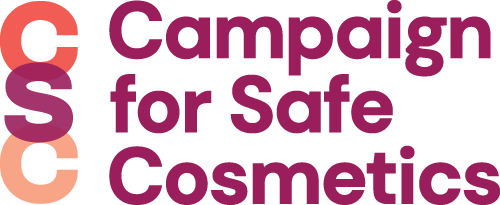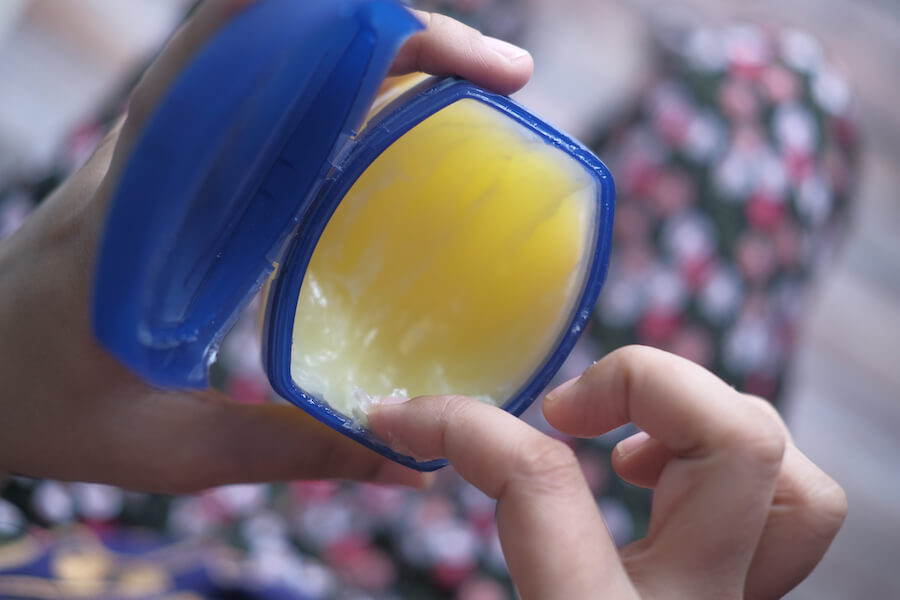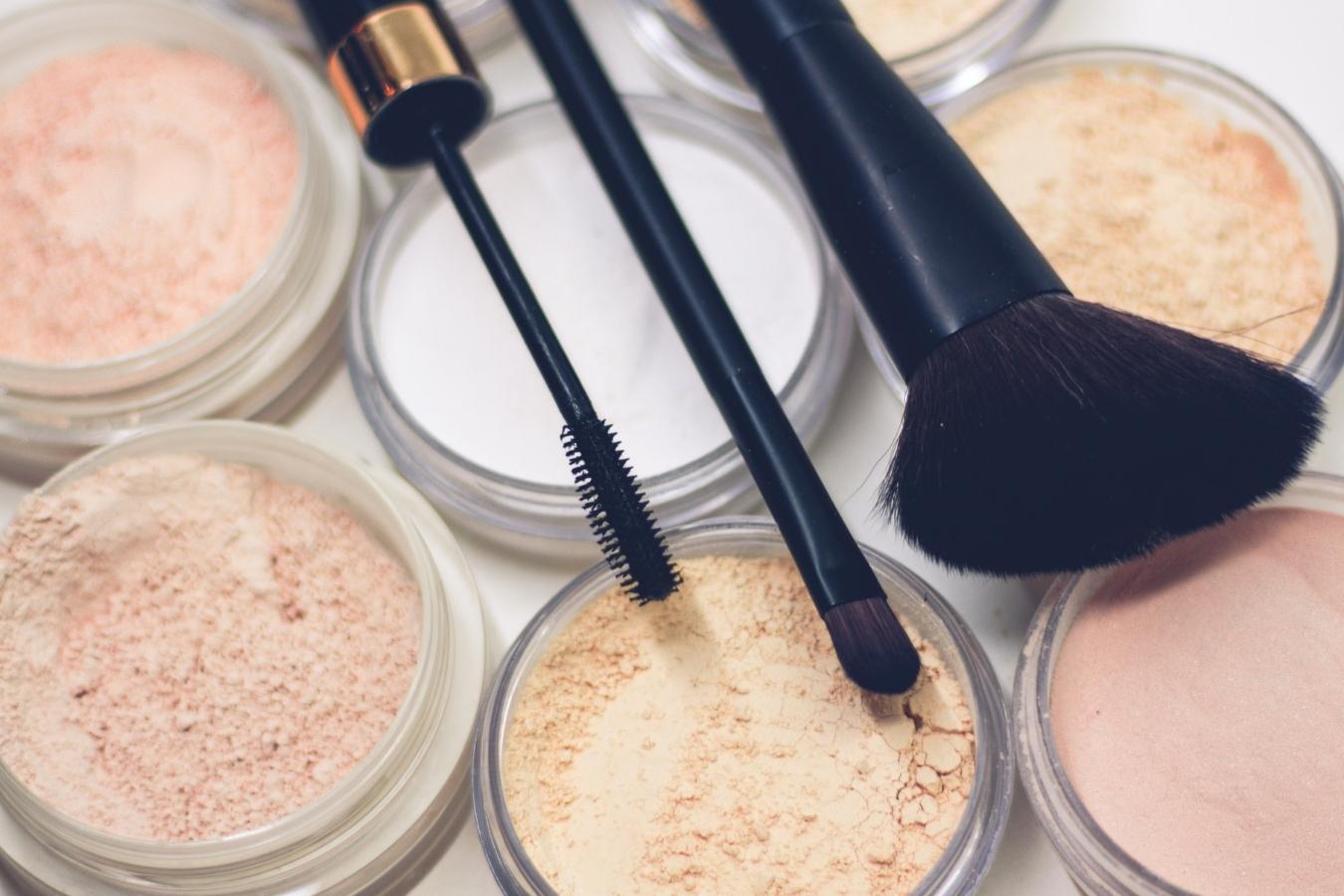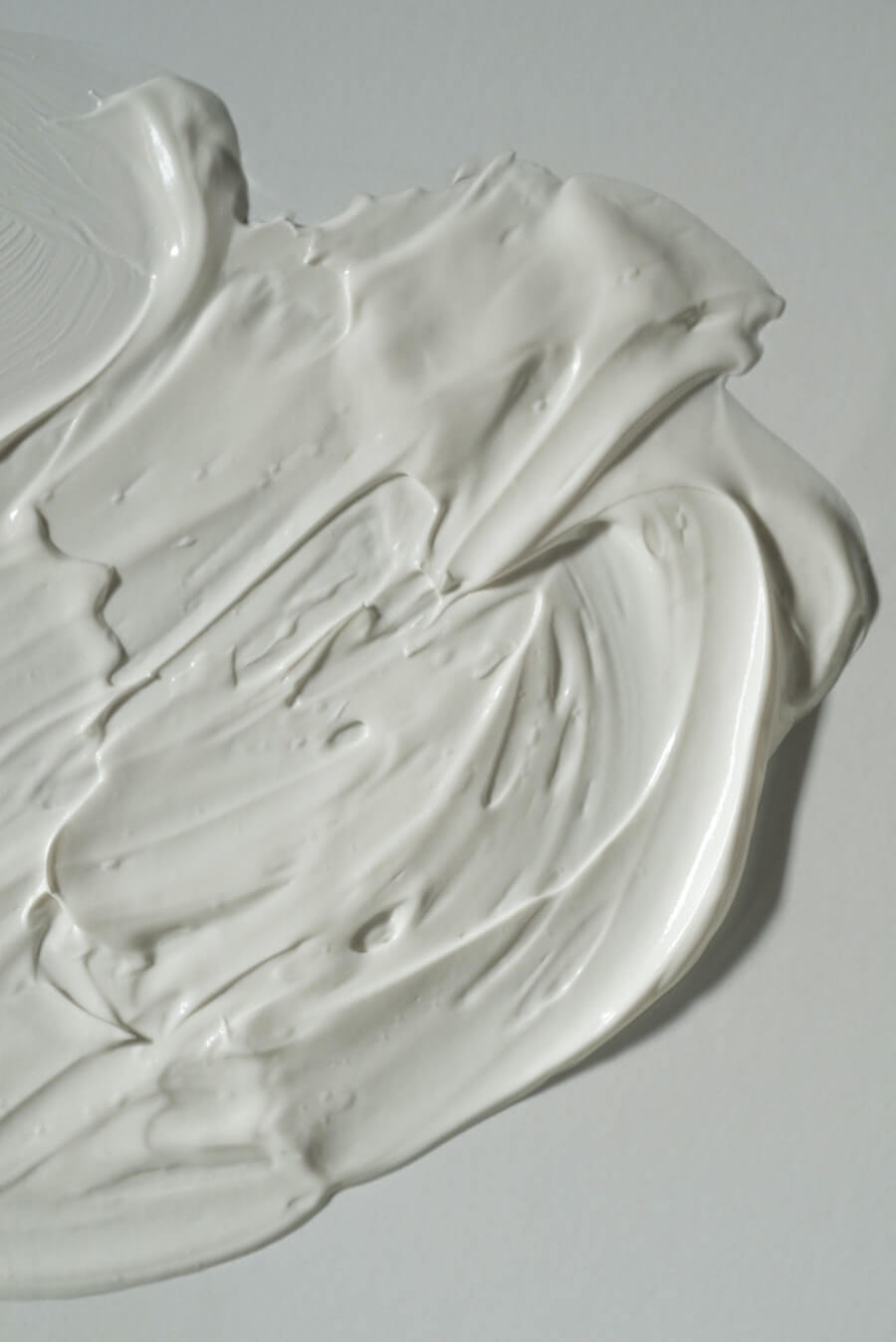However, petrolatum is often not fully refined in the US, which means it can be contaminated with toxic chemicals called polycyclic aromatic hydrocarbons (PAHs).
WHAT IS PETROLATUM?
Petrolatum is a byproduct of petroleum refining.[1] With a melting point close to body temperature, petrolatum softens upon application and forms a water-repellant film around the applied area, creating an effective barrier against the evaporation of the skin’s natural moisture and foreign particles or microorganisms that may cause infection.[2] Petrolatum is odorless and colorless, and it has an inherently long shelf life. These qualities make petrolatum a popular ingredient in skincare products and cosmetics.
When properly refined, petrolatum has no known health concerns. However, with an incomplete refining history, petrolatum could potentially be contaminated with polycyclic aromatic hydrocarbons, or PAHs. PAHs are byproducts of organic material combustion, commonly stored in fats upon exposure due to its lipophilic properties.[3] There is no way to confirm proper refinement unless a complete refining history is provided.


































